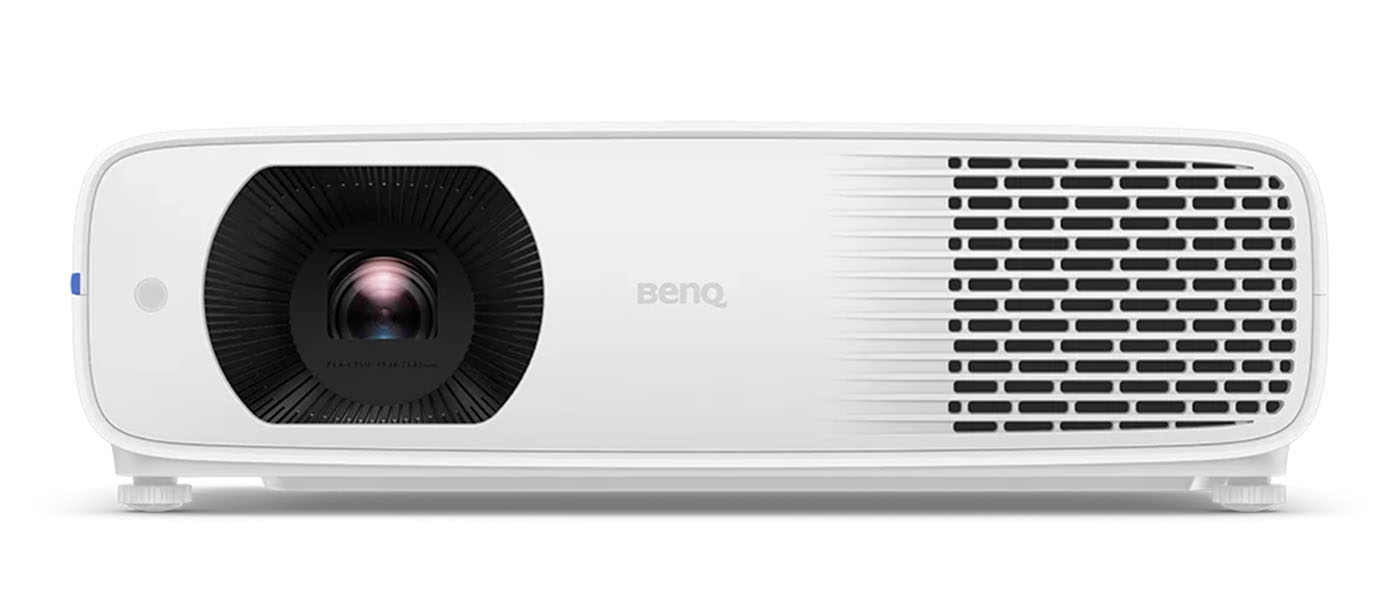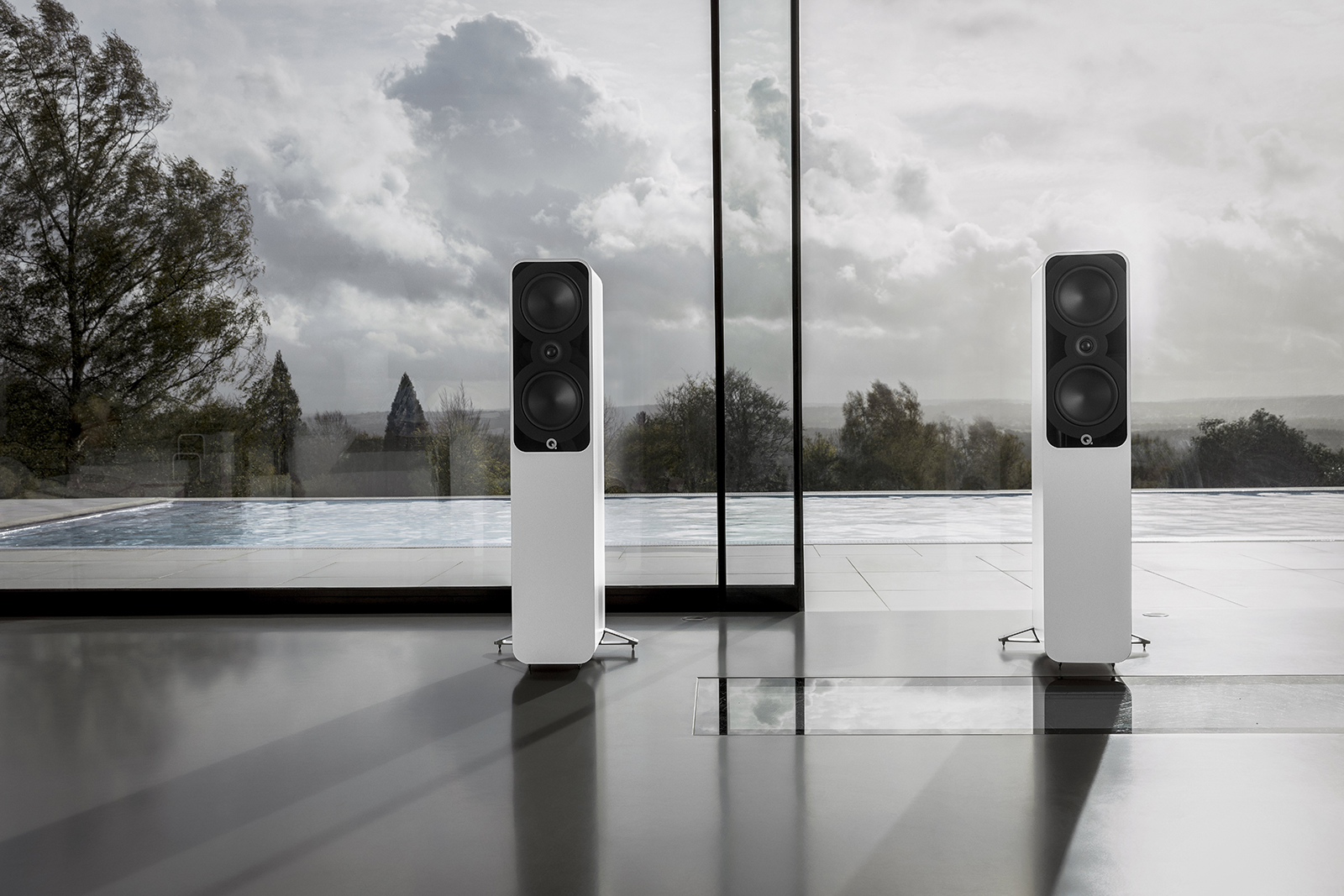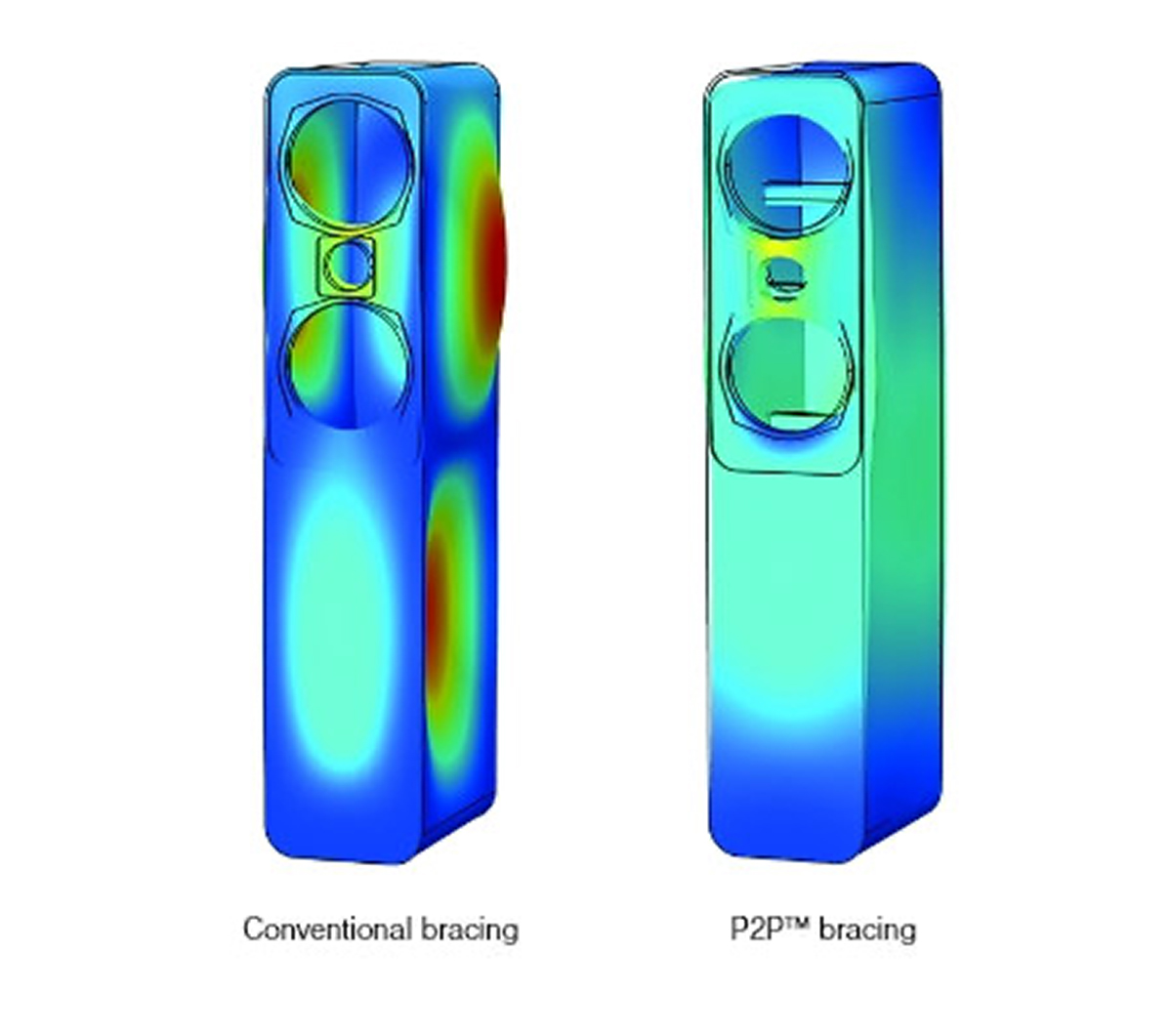The Q Acoustics 5040 are slim, handsome, floor-standing loudspeakers from Q Acoustics designed for use in home theatre and stereo applications. Tonally neutral with excellent imaging, clarity, lifelike timbre, and impressive bass performance, the Q Acoustics 5040 speakers perform well above their price class to accurately and engagingly present home theatre content and music.
Q Acoustics 5040 Floorstanding Loudspeakers Highlights
- The Q Acoustics 5040 delivers excellent value and presents music with exceptional clarity and neutral tonality.
- Q Acoustics 5040 have accurate timbral quality and surprisingly good bass response.
- Imaging is spacious and well-defined.
- Very attractive modern design will accommodate a variety of decors and flexibility in placement and set-up.
- Crossover presents some limitations on some content.
- Build quality is very good at this price point though the binding posts could be made to a higher specification.
- Overall, the Q Acoustics 5040 speakers are an excellent performer on a wide variety of music.
Q Acoustics has been designing class-leading and award-winning loudspeakers since 2006. In that time, Q Acoustics has provided innovative products in the markets they have entered, from the affordable to the high-end, and from stereo and home cinema sound to their innovative Q Active wireless audio system. The new 5000 series from Q Acoustics is a range of loudspeakers intended for stereo and home cinema incorporating the innovative cabinet technology first deployed in the company’s flagship Concept range.
The smaller of the two floor-standing models in the 5000 series, the Q Acoustics 5040 speakers utilize proprietary technologies unique to Q Acoustics including minimizing external and internal-induced cabinet resonance with the use of their Point-2-Point™ (P2P) internal bracing and Helmholtz Pressure Equalizers™ (HPE) high-pressure-equalizing technology to produce a cabinet that allows the speaker to just “get out of the way” and let the music do the talking. A key innovation is Q Acoustics’ C3 Continuous Curved Cone™ mid-woofer cone, which is designed to provide superior bass dynamics and smoother high-frequency integration with the tweeter.
These technologies enable the Q Acoustics 5040 speakers to consistently deliver impressive performance in a variety of settings that differentiate it from other loudspeakers at this price point.
Bass unit:
2 x 125 mm (5.0 in)
Treble unit:
1 x 25 mm (1.0 in)
Frequency response(-6dB):
39 Hz – 30 kHz
Nominal impedance:
6 Ω
Minimum impedance:
3.0 Ω
Sensitivity (2.83V @ 1kHz):
91.5 dB/w/m
Recommended amplifier power:
25-150 W
Crossover frequency:
2.5 kHz
Effective volume:
27 Liters
Dimensions (per loudspeaker) with spikes and stabilizer:
38.1 (H) x 14.2 (D) x 11.5 (W) in (967 x 361 x 293 mm)
Weight (per loudspeaker):
39.7 lbs. (18.0 kg)
MSRP:
$1,500.00 per pair
Provided in the box for each speaker:
1x 5040 loudspeaker
1x Owner’s manual
2x Foam bung for rear bass reflex port
4x Spike feet
4x Spike covers
4x M5 screws
Website:
Company:
SECRETS Tags:
floor-standing speaker, tower speaker, Q Acoustics 5040
At slightly over 3 feet tall and 14 inches wide, the dimensions of the Q Acoustics 5040 provide both flexibility and efficacy in placement for a variety of listening environments and applications. The cabinets are narrow but very attractive, with rounded corners and a quality veneer finish. The 5040 speakers also utilize an innovative aluminum rear footer/cabinet brace that provides excellent stability for the placement of the speaker. The speaker’s footers are aluminum spikes that attach both to the rear braces and threaded inserts at the cabinet front and provide good mechanical grounding for the speaker. Additionally, rubber spike covers, which were used for this review, are provided to protect wooden floor surfaces, if necessary.
The speaker design utilizes a vertically aligned array of two 5” mid-woofers positioned vertically above and below a 1” tweeter. Q Acoustics says this design provides the advantages of vertical symmetry, increased mid-woofer cone area for improved bass response in lower frequency ranges without the requirement of bigger cones, as well as a more favorable floor-to-ceiling interaction.
Secrets Sponsor
Another innovation is that the baffle fronts are laminated with a layer of butyl rubber and attractive black acrylic trim. This functions as a damping layer to mitigate vibration in the baffle, as well as providing a very clean presentation of the speaker cabinet, free of any visible grille-mounting hardware.
The 5040 speakers also feature Q Acoustics’ Point-2-PointTM (P2P) bracing, which provides internal bracing to stiffen and provide rigidity to the cabinet structure. The P2P bracing also minimizes the influence of lower-frequency vibrations (fig. 2), and Q Acoustics says this improves the focus of the stereo image while improving soundstage accuracy.
In addition to the P2P bracing, the 5040 utilizes Q Acoustics’ Helmholtz Pressure Equalizers (HPE™) to reduce internal air pressure and standing waves within the cabinet. As shown in figure 3, the HPE™ design equalizes differences in the cabinet’s internal air pressure, reducing cabinet resonance. Q Acoustics says that HPE™ is particularly effective for taller loudspeakers that tend to resonate at a single optimal frequency.
The 5040 tweeter is based on the same design principle used in Q Acoustics’ higher-specification Concept series, with the high-frequency driver hermetically sealed and mechanically isolated (i.e., floating) from the front baffle. Q Acoustics claims this isolation prevents internal pressure modulations from within the cabinet and the adjacent mid/bass driver from influencing the functioning of the tweeter, resulting in a more optimal frequency response. The inner chamber is also carefully vented for lower distortion, with a lower crossover point for seamless integration from the tweeter to the mid-woofer crossover region.
A key innovation of the 5040 speakers is Q Acoustics’ C3 (Continuous Curved Cone™) mid-bass driver, designed to combine the bass performance benefits of a traditional “straight” conic driver with the mid-range and high-frequency control of a flared cone. The cone’s geometry requires good motor strength for optimal performance and substantial magnets are coupled to large voice coils to increase the motor strength of the C3 mid-bass driver. Q Acoustics states this results in a 50% increase in power handling and control compared to a conventional driver with a 25.4 mm voice coil, and an improvement in the dynamic range of the speaker, especially in the bass region.
Q Acoustics says the C3 mid-bass driver also provides excellent dispersion, well-controlled frequency response, as well as smoother high-frequency integration with the tweeter, and reduced harmonic distortion. Deep bass dynamics are also claimed to be improved, with tighter, better-damped low-end response allowing more flexibility in the placement of speakers near the wall boundaries of the listening room.
For this review, I placed the Q Acoustics 5040 speakers in a traditional equilateral triangle configuration, with the cabinets 3 feet in front of the front wall, 6.5 feet apart, and 6.5 feet from the reference listening position. Placement positions were measured using a laser tape measure to ensure accuracy and reproducibility in the placement distances from the front wall and the listening position.
My digital source was an Intel NUC connected to a Lumin P1 which functions as the system’s streamer, DAC, and preamplifier. It’s connected to a Constellation Inspiration integrated amplifier functioning solely as the system power amplifier. All components in the main audio room are powered with a Shunyata Everest power distributor using Shunyata Omega QR-s, Sigma, and Alpha NR v2 power cables.
Secrets Sponsor
The Constellation Inspiration integrated amp is connected to the Q Acoustics 5040 speakers using Shunyata Alpha V2 speaker cables resting on DF-SS cable elevators, which mitigate the effect of floor-borne vibrations on speaker cable performance.
Upon first listening, the Q Acoustics 5040 speaker’s overall tonal character is neutral, whether reproducing classical or electronic instruments, or human voice. The key audio spectrum from the lower-midrange, midrange, and upper-midrange are presented with little to no discernable coloration on most recordings (some coloration may be present from the recordings themselves, depending on how they are mastered).

Yeol Eum Son “Mozart”
The Q Acoustics 5040 speakers are also very accurate with their reproduction of timbre, the attribute that distinguishes, for example, a woodwind from a stringed instrument when playing the same notes. One of the best piano recordings I’ve ever heard, Yeol Eum Son’s Mozart Piano Concerto No. 21 in A Major, K467 is presented with excellent timbral accuracy, instrumental weight, and impressive power and dynamics. The Q Acoustics 5040 speakers’ ability to convey the sense of the space and ambience of the recording hall for this set of piano concertos is realistically presented with breadth, depth, and height. Q Acoustics use of two smaller mid-bass drivers with less mass than a larger single driver for the 5040 speakers also results in lower inertia and provides impressive scaling in dynamics from piano to fortissimo.
Most importantly, the Q Acoustics 5040 speakers let Son’s joy in playing these lovely piano concertos fully shine through and fully resonate with the listener.
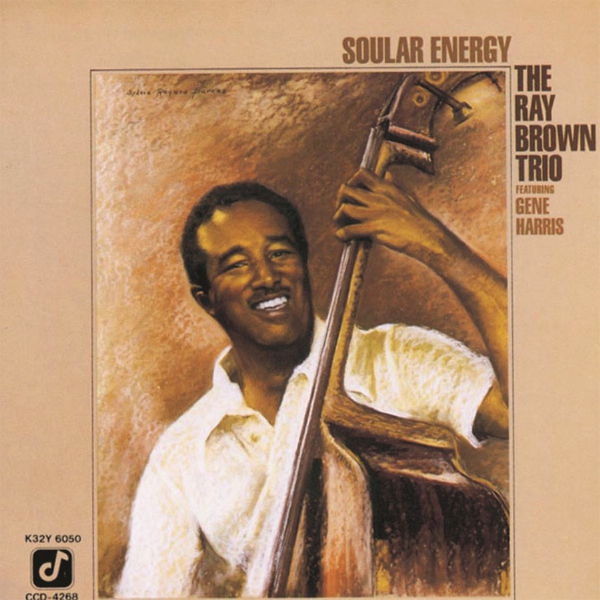
The Ray Brown Trio “Soular Energy”
Because of the challenges presented by its dynamic range, the piano (along with the violin) is one of the most challenging instruments to reproduce accurately. Soular Energy by the Ray Brown Trio, with Ray Brown on bass and Gene Harris on piano, is a reference I keep going back to time after time. As with the Mozart recording, the Q Acoustics 5040 speakers are a standout, with impressive reproduction of dynamics and power from Gene Harris’ piano combined with the lovely timbre and textures from Ray Brown’s bass. The clarity and tonal accuracy of the 5040 speakers present the best from this superbly mastered recording from the hard bop jazz era.
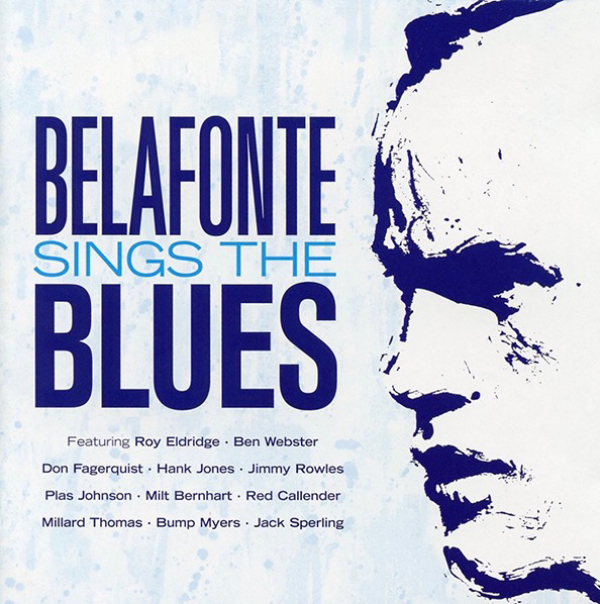
Harry Belafonte “Harry Belafonte Sings The Blues”
The Q Acoustics 5040 also performs commendably with vocals as well as instrumentals. Harry Belafonte’s smooth baritone voice singing Ray Charles’ A Fool for You (Belafonte Sings the Blues) is beautifully rendered with naturalness, warmth, nuance, and subtle gradations of tonal weight and timbral color. Also of note is imaging by the 5040 speakers providing the realistic sense of presence with Belafonte being in the room with the listener.

Kenny Burrell “Midnight Blue”
For assessing a speaker’s ability to convey soundstage, space, and imaging, one of my favorite recordings is Kenny Burrell’s seminal hard-bop album, Midnight Blue. Featuring Kenny Burrell on guitar, Stanley Turrentine on tenor saxophone, Major Holley on double bass, Bill English on drums, and Ray Barretto on conga, Midnight Blue is one of my all-time favorite Blue Note recordings. Of note is the track, Saturday Night Blues, here the clarity of the Q Acoustics 5040 speakers really shines, as one can not only hear the fundamental notes from Kenny’s guitar but also their reflection splaying off the opposite wall of the studio, creating a veritable sonic vapor trail decaying off into space. Truly impressive.

Jesee Cook “Free Fall”
While the Q Acoustics 5040 speakers perform admirably on a wide range of content, I did encounter some limitations on some recordings. Depending on how some content is mastered, the upper midrange and highs can sometimes present as a bit hot. An example of this is a recording of the live performance of Mario Takes a Walk on the album, Free Fall, by guitarist Jesse Cook. The 5040 speakers do a terrific job of conveying the propulsive drive of the band, and mid-woofers do a great job of providing the dynamic drive of a live concert. The percussion instruments convey the energy and dynamics of a concert performance, though the highs on the steel drums and whistle are presented as somewhat bright and edgy.
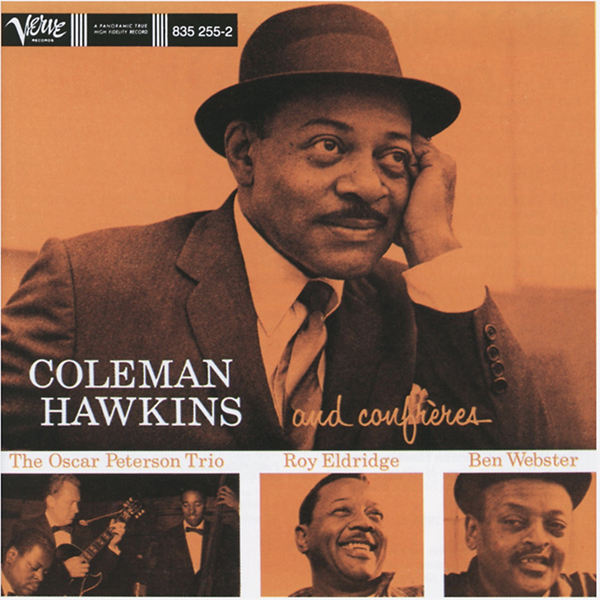
Coleman Hawkins “Coleman Hawkins and His Confrères”
On Coleman Hawkins’ Coleman Hawkins and His Confrères, while the overall presentation by the band is dynamic, lively, and really swings, the trumpets on Maria can register a skosh “hot” in their presentation. It’s important to mention that the most important factor for any recording is the quality of mastering, and it’s likely on these recordings the highs were mixed a bit too tipped up and present themselves somewhat assertively here.

Lorin Maazel “Sergei Prokofiev’s Romeo and Juliet”
The only other limitations I occasionally heard with the Q Acoustics 5040 speakers were on extremely dynamic and demanding full orchestral content. On Lorin Maazel’s fabulous LP recording of Sergei Prokofiev’s Romeo and Juliet (London CSA 2312), during “The Fight”, there is a crescendo that builds to a very loud, climactic, orchestral “crash” where the orchestra scales rapidly and forcefully to fortissimo; and one can hear some smearing of the propulsive high notes from the orchestra’s brass section. I should note that these instances are the exception rather than the rule, and on well-recorded and mastered recordings, the 5040 speakers’ highs and dynamic response are extended and natural sounding.

Grant Green “Idle Moments”
By contrast, Grant Green’s electric guitar on the Blue Note classic, Idle Moments, is absolutely gorgeous, warm, weighty, and full-bodied, as is the reproduction of Joe Henderson’s tenor sax, Al Harewood’s drum kit, and Duke Pearson’s beautiful piano playing. This recording was an absolute standout on the Q Acoustics 5040 speakers. Wow.
Combining a very attractive design with excellent sound quality at an MSRP of $1500, the Q Acoustics 5040 speakers just deliver and are an easy recommendation for a floor-standing loudspeaker at this price point.
- The Q Acoustics 5040 speakers present music with excellent clarity, tonality, timbral accuracy, and well-defined bass response.
- Imaging is spacious and well-defined.
- Very attractive modern design will accommodate a variety of internal decors and flexibility in placement and set-up.
- Conventional three-way speaker cable binding posts would provide compatibility with a wider range of speaker cables.
Every product is built to a price point, but the real value is created from the quality provided at the product’s price. For customers shopping for a very attractive floor-standing loudspeaker for home theatre and home audio in this price range, the Q Acoustics 5040 speakers consistently deliver impressive and engaging audio performances and provide excellent value for a loudspeaker for home theatre and audio applications.


